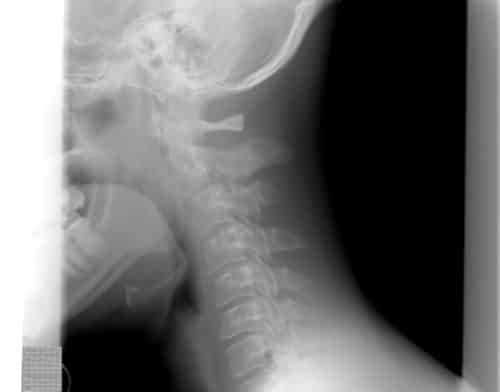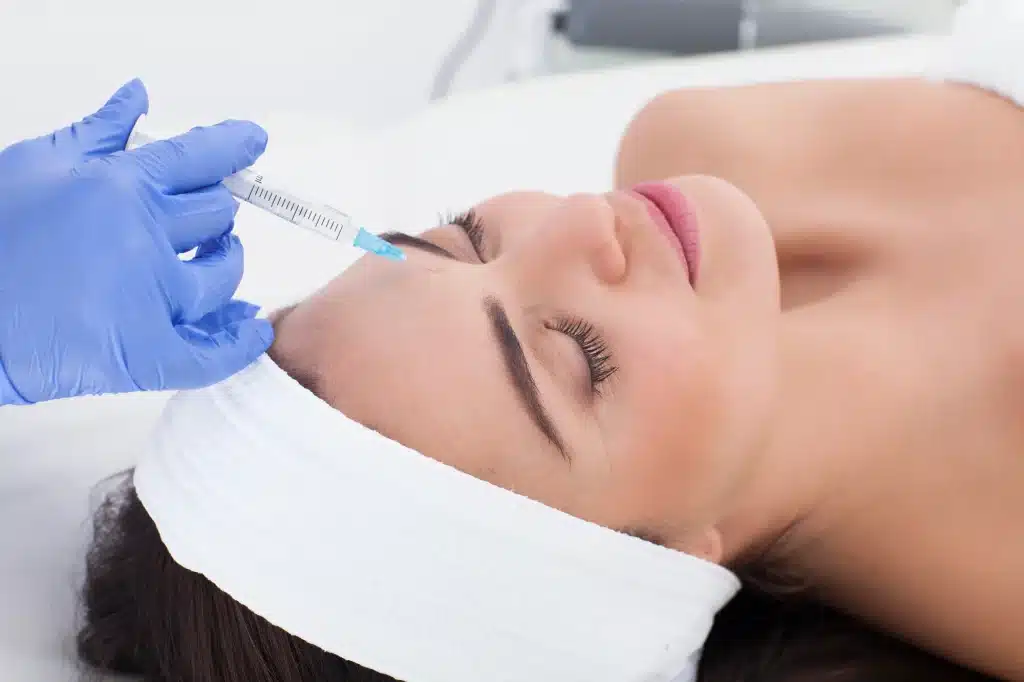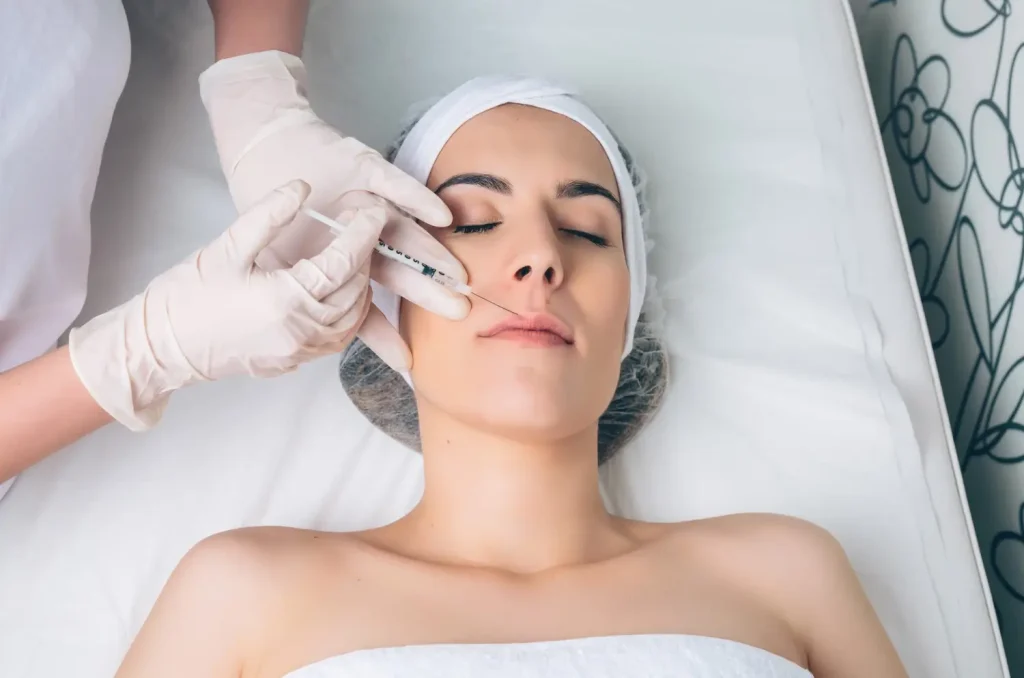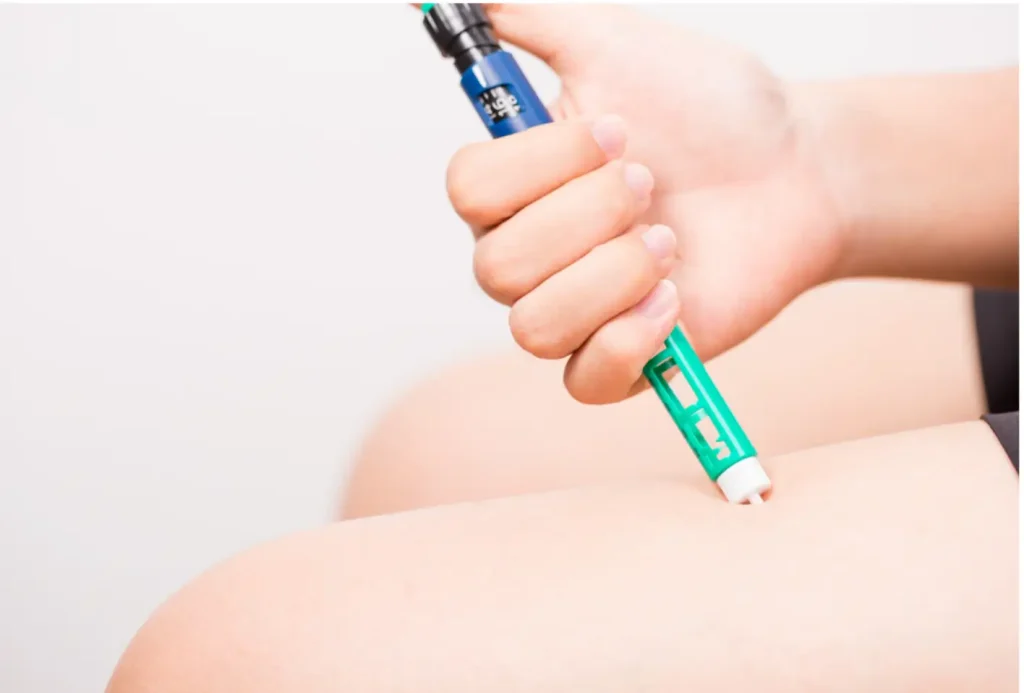Cervical dystonia (CD) is an excruciating neurological condition involving the neck muscles. Most commonly, people with cervical dystonia experience their chin twisting toward 1 of the shoulders. Some may experience their ear tilting towards the shoulder, the chin tilting up, the chin tilting down, or a combination. As well, a jerking motion may also occur with the condition. Neck pain that radiates into the shoulders is also common for many, making the disorder disabling.
Cervical dystonia can occur at any age, but usually begins after the age of 30. Women are more likely to have the disorder than men. Symptoms develop gradually until they reach the point where they can no longer get substantially worse.
So far, no cure for the health condition of cervical dystonia has been found. In some cases for patients who are afflicted by the condition, it will spontaneously resolve itself, with no extended remissions to occur. Regardless, there are available treatments to help reduce or relieve symptoms. In 1989, Botox products received approval from the FDA for the purpose of treatment of blepharospasm and strabismus. Since that date, it has received FDA approval for many additional medical and cosmetic roles, including cervical dystonia.
Cervical dystonia symptoms
The symptoms of cervical dystonia include involuntary contractions of the muscles in the neck that lead to abnormal postures and movements. In some cases, these contractions might be continuous. In other cases, these contractions can occur as spasms that resemble tremors.
Are there different kinds of CD?
There are 2 common kinds of cervical dystonia:
Primary Cervical Dystonia
This kind of cervical dystonia is not related to any other medical condition and is the only neurological disorder the individual is experiencing. A gene has been identified in some cases, called DYT1, although most cases are caused by unknown reasons.
Secondary Cervical Dystonia
This kind of cervical dystonia is usually caused by outside factors and is attributed to an injury, a neurological change, genetics, or a certain medication. It might also be caused by a combination of diseases and conditions, including cerebral palsy, cerebral infections, stroke, toxins, brain tumor, or encephalitis, amongst others.
Dystonia-plus is another version of the disorder that resembles other neurological disorders.
How to treat CD
Although there is no cure for the disorder, Botox is a popular way to help manage the condition.
Using Botox for cervical dystonia
The most common treatment for cervical dystonia is Botox. Botox, a neurotoxin, is injected into the muscles. The toxin works by preventing the nerves from releasing acetylcholine, a chemical messenger that orders the contraction of muscles. As a result, the muscles stop contracting and pain is temporarily relieved.
A Botox injection for cervical dystonia can take 2 to 3 days to provide relief, and the effects last an average of 3 months.
Dosage
The amount of Botox required depends on the individual. The exact dosage depends on not only the position of the neck and head but also the response of the patient. The initial dose for a person who has never had Botox injections before may be lower and adjusted as needed.
Side Effects
Botox injections can cause inflammatory, injection-related responses, such as redness, inflammation, and mild bruising around the treatment site. There is a rare risk of side effects including difficulty swallowing, infections of the upper respiratory system, headache, back and neck pain, and cough. Other possible side effects include flu-like symptoms, increased muscle stiffness, and soreness at the site of injection.
Botulinum toxins
In addition to Botox injections, there are several other popular toxins that can help treat CD.
Dysport
Dysport functions by temporarily blocking the nerve signals that order the affected muscles to contract. As a result, patients have fewer spasms and experience less neck pain for up to 16 weeks. The results may last even longer depending on the patient’s condition.
Xeomin
Xeomin not only treats adults with cervical dystonia but also has been proven to be effective for treating upper limb spasticity and blepharospasm.
Myobloc
Myobloc, also known as Neurobloc, injections are also used for treating adults diagnosed with cervical dystonia. These injections reduce the severity of the neck pain and the abnormal head position linked to the condition. According to many published studies, treatment with this toxin has resulted in a statistically significant improvement in the amount of pain and the position of the head.
Each toxin has its own unit of measurement and may not be suitable to use in combination. Discuss treatment options with your doctor.
Cervical dystonia is a rare neurological disorder that causes uncontrolled movement of the neck muscles. Botox is increasingly becoming the most popular treatment for managing the symptoms of the disorder and has been safely used for almost 30 years. If you are considering receiving Botox injections to help relieve your symptoms, discuss your treatment options with a licensed injector.





















